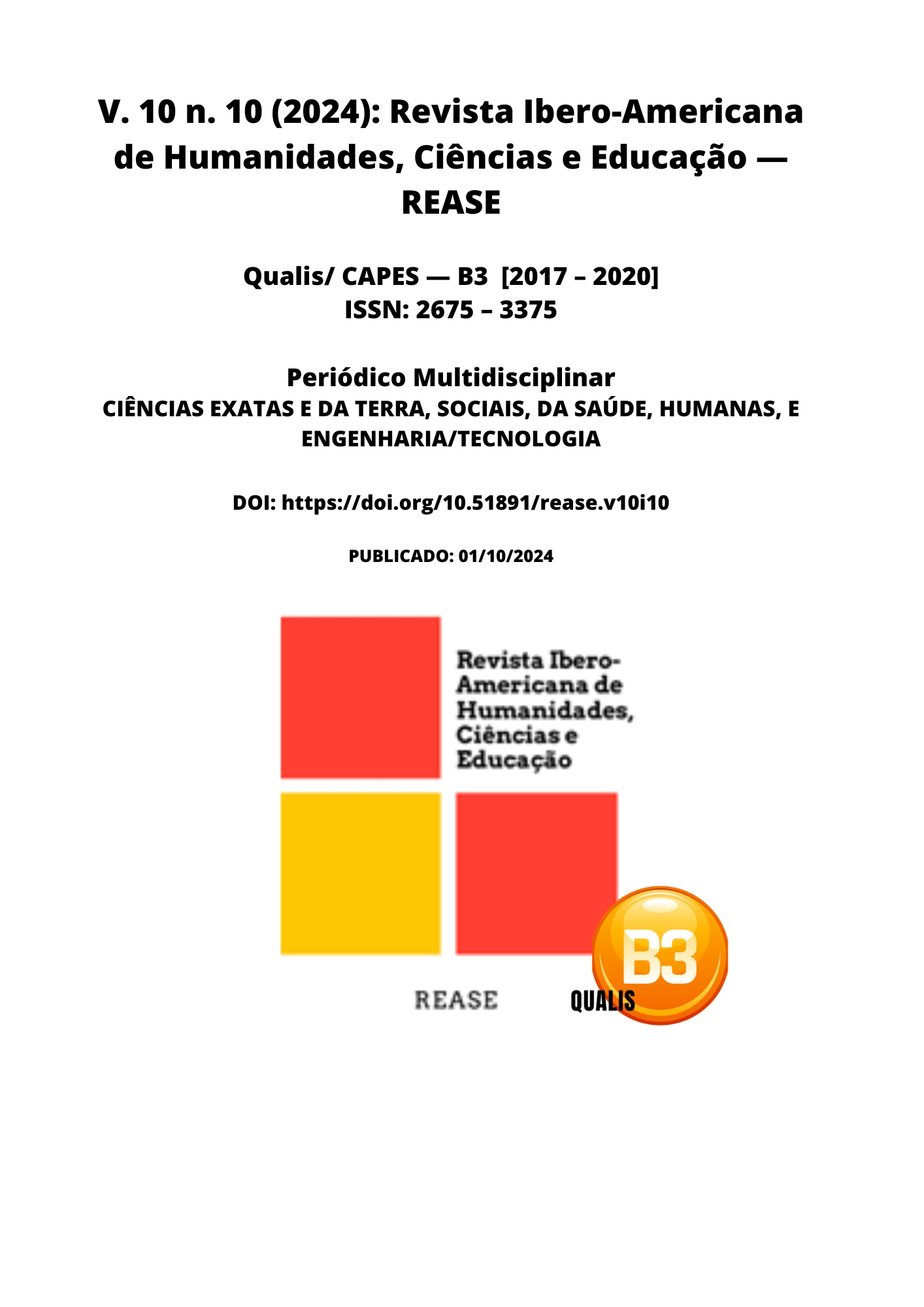THE RELEVANCE OF PHARMACISTS IN SPORTS IN RELATION TO DOPING: A FUNDAMENTAL ROLE IN PREVENTION
DOI:
https://doi.org/10.51891/rease.v10i10.16198Keywords:
Doping. Sport. Pharmacist. Prevention.Abstract
Doping, defined as the use of illicit substances or unethical practices to enhance athletic performance, is an age-old practice that compromises both the health of competitors and the integrity of sports competitions. This study aims to analyze the importance of the sports pharmacist in preventing the use of banned substances, highlighting their responsibilities in monitoring, counseling, and educating athletes. The methodology adopted was a literature review of a qualitative nature, seeking to identify, select, and analyze scientific publications related to the topic, focusing on articles published between 2018 and 2024. The conclusion of the study reinforces that pharmacists play a crucial role in promoting ethics in sports, educating athletes and their teams about the risks associated with doping and ensuring the safe use of medications. Moreover, collaboration between pharmacists and multidisciplinary health teams is essential to ensure fairer and safer competitions, emphasizing the need to strengthen this field of practice within the sports context.
Downloads
Downloads
Published
How to Cite
Issue
Section
Categories
License
Atribuição CC BY

